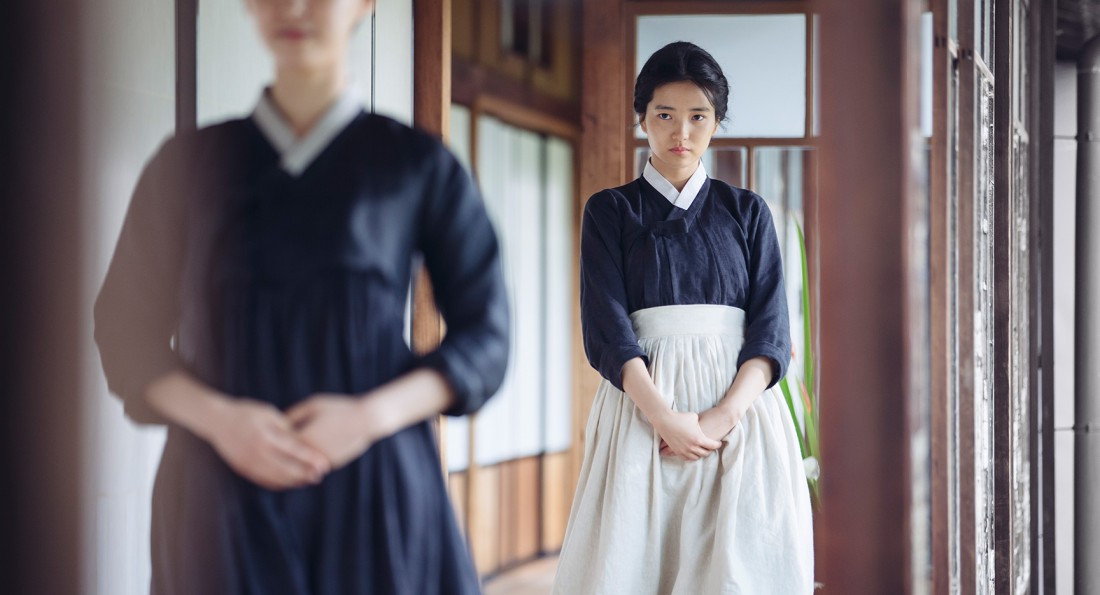Critipeg: The Handmaiden
Playing at Cinematheque until Jan. 21
Three years after making his English-language debut with the excellent Stoker, acclaimed South Korean auteur Park Chan-wook (Oldboy, Lady Vengeance) has returned to his home country with The Handmaiden.
The film marks a new maturity for the director, not simply because of its period setting, epic running time and envelope-pushing subject matter, nor due to a lack of his signature genre flourishes and thematic obsessions of revenge and violence. Those elements are here, but Park wields them with a newfound restraint and, in the process, crafts a film that’s anything but restrained.
Set in Japanese-occupied Korea, the film stars Kim Tae-ri as Sook-hee, a young member of a gang of Korean con artists. She’s tasked by the group’s ringleader Fujiwara (Ha Jung-woo) to serve as the handmaiden to a young Japanese noblewoman (Kim Min-hee) while he poses as a wealthy suitor.
The duo’s plan to have Fujiwara seduce the heiress and steal her fortune hits a major snag when she and Sook-hee fall in love, embarking on an intense hidden affair.
Park tells this story with a nonlinear narrative approach, structuring his film like a Russian nesting doll with shifting perspectives and timelines. While other filmmakers might use this as a flashy tactic to wow their audience, Park has nobler ambitions.
He weaves his narrative with an emphasis on theme and emotion rather than gaudy showmanship. While it may initially seem like an illogical approach to an intricate crime story, by the end of the movie it’s clear that it couldn’t be told any other way.
Park asks a lot of his cast, but Tae-ri and Min-hee deliver in spades. Telling an erotically-charged queer love story in an emotionally and socially repressive setting is a challenge for any performer (the film’s source novel, Sarah Waters’ Fingersmith, was set in Victorian era Britain and the social stakes here are similar).
But their hidden romance is just one of a dozen secrets they’re individually keeping, each of them from a different set of people. The characters need to be playing multiple notes at once to maintain the particular façade they’ve presented to each character they’re with (as well as the audience). They rarely strike a false chord.
Some commentators have denounced the film’s graphic sex scenes. Park’s story is overtly feminist, following two women in a rigid and oppressive patriarchal social structure rebelling through love and outsmarting the men who try to exploit them.
The film’s detractors argue that the scenes in question run counter to those themes and are themselves exploitative, meant to titillate. While a male filmmaker directing a lesbian love scene is almost certain to be problematic on some level, the scenes never struck me as gratuitous. Like everything else in The Handmaiden, the scenes are motivated by character and emotion. They’re graphic, but not lurid. It’s hard to imagine the average movie sex scene facing the same criticism, despite the fact that the problematic male gaze is often equally present. The onscreen sex in The Handmaiden is queer, kinky and proud of it.
Published in Volume 71, Number 16 of The Uniter (January 19, 2017)







